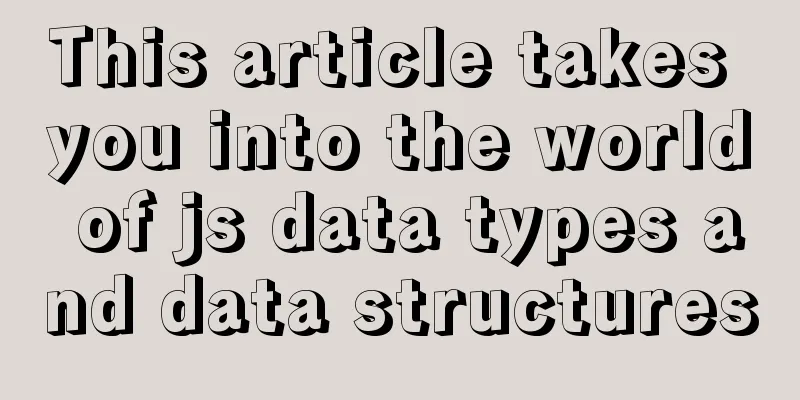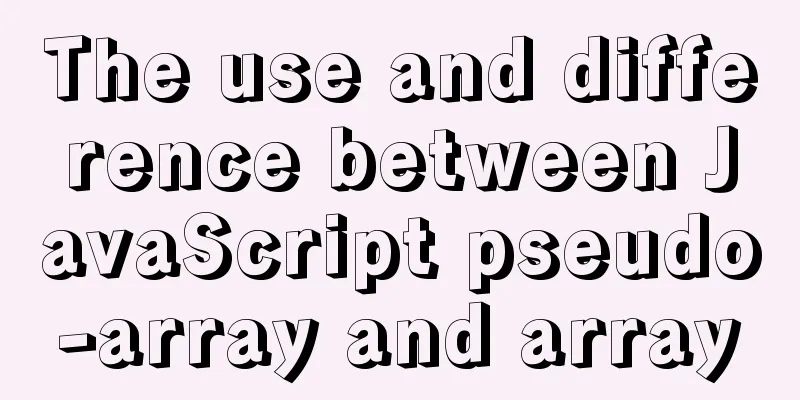This article takes you into the world of js data types and data structures

1. What is dynamic typing?
let a; // Initially no type is given a = 11; // a is now of type number a = "二大爷"; // a becomes a string type a = true; // a becomes a Boolean type It is not recommended to do this in actual application, as it may cause some unpredictable errors.
2. Data Types
2.1 Primitive types (6 primitive types, checked using the typeof operator)
2.2 null and Object
2.3 Key points of typeof operator
3. Original value3.1 Basic Concepts of Primitive Values
3.2 Description of each type
Syntax: value: The value of the created object. Can be a string or an integer BigInt() is not a constructor, so the new operator cannot be used.
You can get a substring of a string by selecting individual letters or using String.substr(). To concatenate two strings use the concatenation operator (+) or String.concat().
The value of a property can be of any type, including objects with complex data structures. Attributes are identified by keys, whose values can be strings or symbols. The above is the detailed content of this article that takes you into the world of js-data types and data structures. For more information about js data types and data structures, please pay attention to other related articles on 123WORDPRESS.COM! You may also be interested in:
|
>>: mysql replace part of the field content and mysql replace function replace()
Recommend
Code to display the contents of a txt book on a web page
<!DOCTYPE html PUBLIC "-//W3C//DTD XHTML ...
Pure CSS to hide the scroll bar but still have the scrolling effect (mobile and PC)
Mobile Mobile pages only need to be compatible wi...
How to install Nginx in a specified location in Centos system
How to install Nginx in a specified location in C...
Steps to export the fields and related attributes of MySQL tables
Need to export the fields and properties of the t...
React example showing file upload progress
Table of contents React upload file display progr...
Pure CSS and Flutter realize breathing light effect respectively (example code)
Last time, a very studious fan asked if it was po...
Two ways to manually implement MySQL dual-machine hot standby on Alibaba Cloud Server
1. Concept 1. The difference between hot backup a...
The connection between JavaScript and TypeScript
Table of contents 1. What is JavaScript? 2. What ...
Detailed explanation of js event delegation
1. Each function is an object and occupies memory...
Detailed explanation of Vue's hash jump principle
Table of contents The difference between hash and...
Import backup between mysql database and oracle database
Import the data exported from the Oracle database...
CSS implements five common 2D transformations
2D transformations in CSS allow us to perform som...
SASS Style Programming Guide for CSS
As more and more developers use SASS, we need to ...
How to analyze MySQL query performance
Table of contents Slow query basics: optimizing d...
Detailed explanation of the use and differences of various lock mechanisms in Linux
Preface: I believe that those who need to underst...











